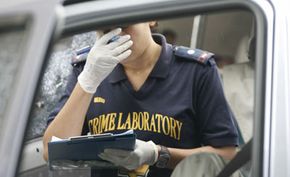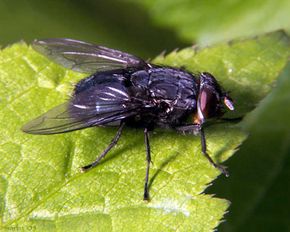As the old saying from the "Book of Common Prayers" goes, "Ashes to ashes, dust to dust." Sometimes recited at funerals, the phrase describes the cycle of life and how humans go from birth to death, from growth to decay. Forensic scientists and criminal investigators, however, should have their own version of the quote, something along the lines of: "Ashes to ashes, dust to bug food."
When investigators attempt to solve a mysterious event involving sudden and unexpected death, they have to look at clues in order to piece together the events. They need to answer a lot of questions: What happened here? Who committed this crime? Why? What method, weapons or tools did they use? When did this happen? Using a vast background of science, including biology, chemistry, physics, anthropology and math, trained specialists can look at the fragments of evidence left over from a crime and, with care and precision, construct a legitimate story. They can use anything left at the crime scene, including broken glass, dirt, bodily fluids and any other trace elements.
Advertisement
Indeed, if we think of a crime scene, we usually envision yellow police tape, white chalk lines, broken glass and blood stains. But one item on or around a victim's body that gets a lot of attention during an investigation is actually a living organism, and it usually comes after a crime is committed -- the presence of insects.
What can bugs tell us about death? How much can they reveal about a crime? And can forensic entomology help with anything other than legal cases involving death? To learn how bugs help us fight crime while finding time for a tasty snack, read the next page.



